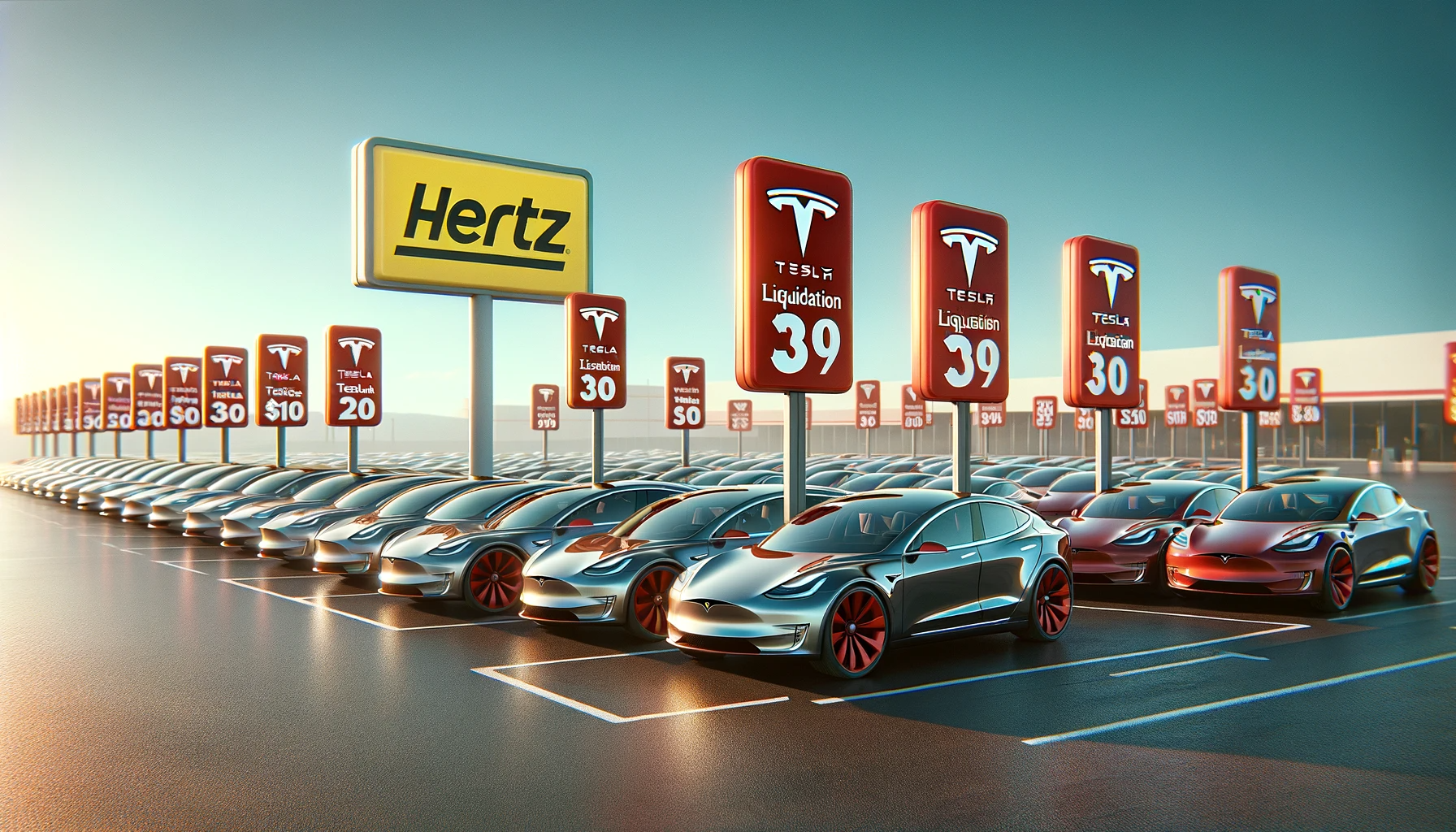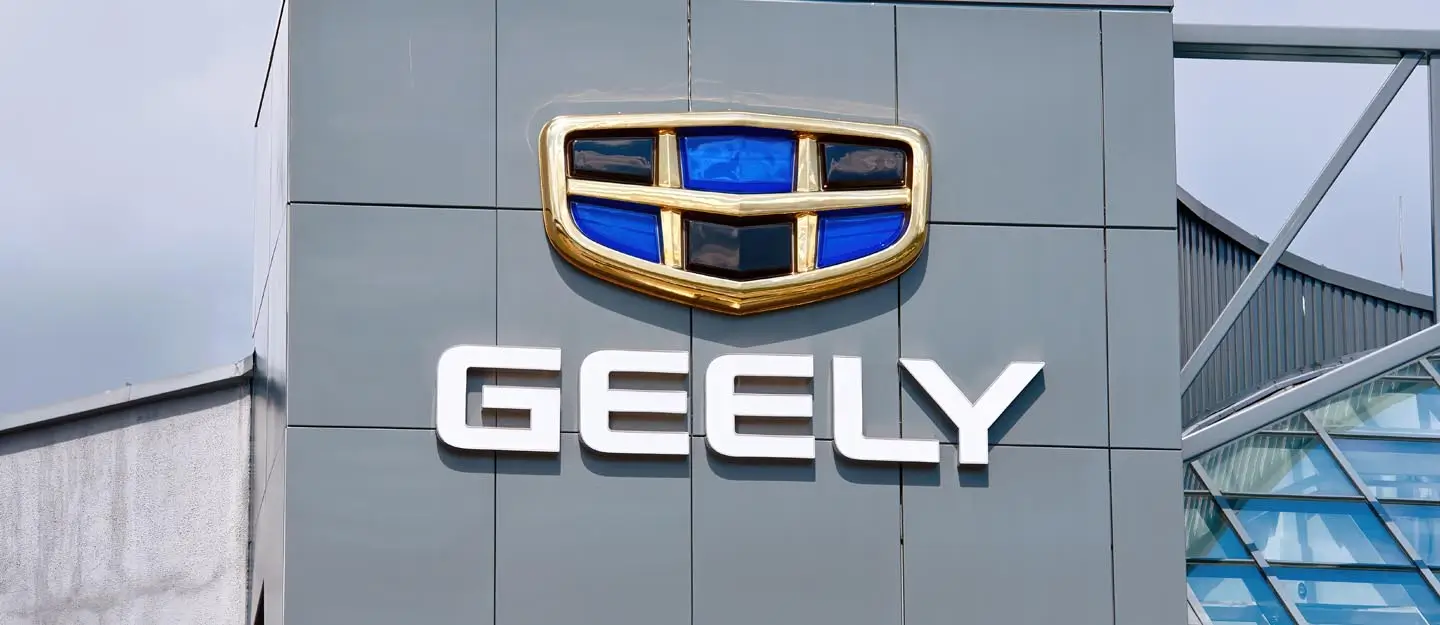In the ever-evolving world of automotive technology, electric vehicles (EVs) have emerged as a beacon of innovation and sustainability. However, the recent decision by Hertz, a leading rental car company, to liquidate a significant portion of its Tesla EV fleet, brings to light new challenges and perspectives in the EV market. This article delves into the implications of this move, exploring how it reflects broader trends in the EV industry, consumer attitudes, and the complex dynamics of vehicle valuation.

Why Hertz is Selling Thousands of Teslas Now (PDF)
The Ripple Effect of Hertz’s Decision
The Impact on Used EV Market
Hertz’s decision to offload approximately 20,000 Tesla vehicles has sent ripples through the used EV market. This large-scale liquidation, attributed to high repair costs and diminished demand for rental EVs, could precipitate a notable depreciation in used EV values. As Karl Brauer from iSeeCars.com points out, this event could reinforce existing hesitations among mainstream consumers about purchasing EVs.
Repair Costs and Industry Challenges
One of the critical issues raised by Hertz’s CEO Stephen Scherr is the elevated repair costs of EVs, particularly Teslas. The lack of discounted replacement parts, a common practice among other automakers, exacerbates these costs. This situation highlights the growing pains in the EV industry, where expertise in EV repair and the availability of parts are still catching up with the technology’s adoption.
User Errors and Safety Measures
In response to safety concerns, Hertz had implemented measures like limiting torque and speed on their EVs and offering them primarily to experienced users. This approach was a reaction to incidents like front-end collisions by renters, underscoring the importance of user education and adaptability in the transition to EV technology.
Broader Industry Trends
EV Sales Growth and Manufacturer Strategies
The liquidation by Hertz is indicative of broader trends in the EV market. North American EV sales are projected to slow down, with growth estimated at 27% in 2024, compared to 72% in 2023 (Canalys). This slowdown aligns with legacy automakers’ recent decisions to scale back EV production plans amid fluctuating demand.
Comparative Deals in the Industry
In contrast, German rental firm SIXT’s recent deal with Stellantis to acquire a mix of conventional and electric vehicles showcases a diversified approach in fleet composition. Such deals represent varied strategies within the rental car industry to adapt to the evolving EV landscape.
Financial Implications
The Economics of Liquidation
Hertz’s liquidation might necessitate selling these high-mileage, cosmetically worn Teslas at significant discounts. Scott Case of Recurrent Auto notes that some used Teslas are listed at nearly half the price of new models, impacting the broader second-hand EV market pricing.
| Period | Used EV Value Change | Overall Used Car Market Change |
|---|---|---|
| Oct 2022 – Oct 2023 | -33.7% | -5.1% |
Tax Credits and Market Dynamics
The Inflation Reduction Act’s $4,000 tax credit for used EVs could partly offset the lower selling prices for Hertz, making some of their EVs more competitively priced against gas-powered cars.
Conclusion
The liquidation of Hertz’s Tesla fleet represents more than just a corporate strategy shift; it’s a microcosm of the broader challenges and opportunities in the EV sector. While current hurdles like repair costs and market reception are tangible, they are part of the growing pains associated with any emerging technology. The industry’s response to these challenges, from rental companies’ fleet strategies to automakers’ production adjustments, will shape the future of electric mobility. For consumers and businesses alike, navigating this landscape requires a balance of cautious optimism and adaptability, recognizing that today’s challenges are stepping stones to a more sustainable and technologically advanced automotive future.




